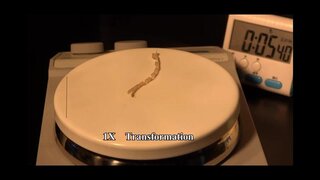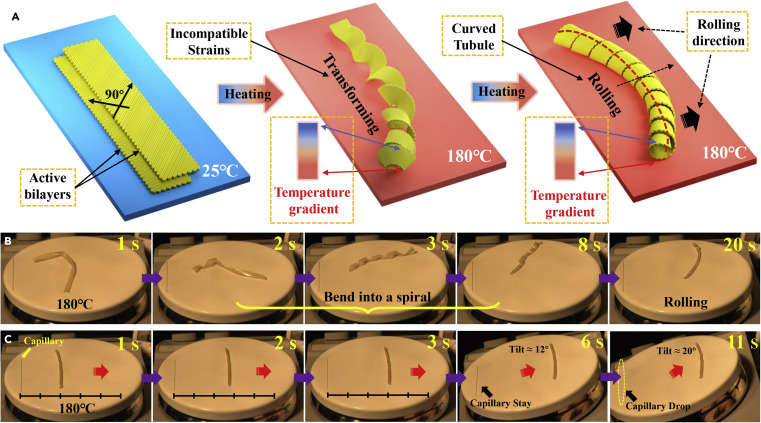Create a free profile to get unlimited access to exclusive videos, sweepstakes, and more!
Self-assembling, shape-changing, 4D 'liquid' robots still a long way from a T-1000

When you think of robots, you probably imagine something friendly like Wall-E or Johnny-5, or else you imagine the sorts of killer machines from the Terminator franchise. Either way, it’s a collection of discreet, mostly metal parts made for friendship or killing. No in-between.
While Terminator introduced a generation to the robot apocalypse via the role Arnold Schwarzenegger was born to play, T2: Judgement Day, dared to dream. It gave us robots capable of both friendship and killing (bonus!) and offered a new terrifying but incredible reality by way of the T-1000: soft robotics.
In real life, robots are usually made from rigid materials and designed to do specific jobs. They might be good, for instance, at assembling cars, but have little fluidity in their capabilities. They can also be dangerous to be around, not because of any malicious intent of course, but because their materials aren’t very forgiving. Soft robotics offer the possibility of enhanced interactions with people and the ability to adapt to real-world environments.
Along with colleagues from the School of Materials Science and Engineering at Tianjin University, Professor Wei Feng is working on a new class of robots made from entirely soft materials, capable of self-actuating and responding to its environment.
It looks like no robot you’ve ever seen before. In place of nuts and bolts, these tiny machines are constructed by 3D printing liquid crystal elastomer (LCE) onto a build plate. Once the printing is done, the final shape is achieved by the addition of external stimuli, adding another dimension to the construction. As a result, the researchers consider their robots 4D constructs. 3D plus one.
They begin life as small rectangular sheets that look more like a discarded piece of tape than anything else. When heat is applied, above 160 degrees Celsius, the sheets roll up, first into a helical shape, then into a tube. The act of changing shapes allows them to roll along the plate, even climbing inclines of up to 20 degrees.
The speed at which the tubules roll correlates to the length of the tubule itself. Longer robots roll more quickly. A 10-cm-long tubule can roll at about 48 centimeters per minute.
“The driving force of rolling mainly comes from the shrinkage of liquid crystal elastomer fibers,” Wei Feng tells SYFY WIRE. “There are more fibers in the longer sample, so the driving force of rolling is also greater. Relatively, because the contact surface between the circular tube formed by the sample and the heating plate is only a line at the bottom. So, the longer the sample is, the faster it rolls.”
Once heat is removed from the robot, it relaxes, returning to its original shape. Though, there are limits. The materials age as they are exposed to heat, making the state change reversible, but only to a degree. Aged samples may maintain some curl and change coloration. If exposed to heat again, the transformation and motion is slower, indicating an upper limit to the lifespan of these machines.
One limitation of these robots is the requirement of high heat for activation. That could make them perfect, however, for exploration or transportation in environments not suitable for humans, like the insides of machinery or pipes, or the surface of other planets.

Future research aims to construct other, more complex, shapes using LCEs, as well as external light-based controls for executing specific tasks. “We can produce various liquid crystal elastomer samples with different shapes by 4D printing and found that they showed rich thermal response behavior beside deformation,” Wei Feng says.
LCE-based soft robots are here and could open the door to a whole new class of shape-changing robots, but there’s little risk of them travelling back in time to ask if “you’ve seen this boy.”















